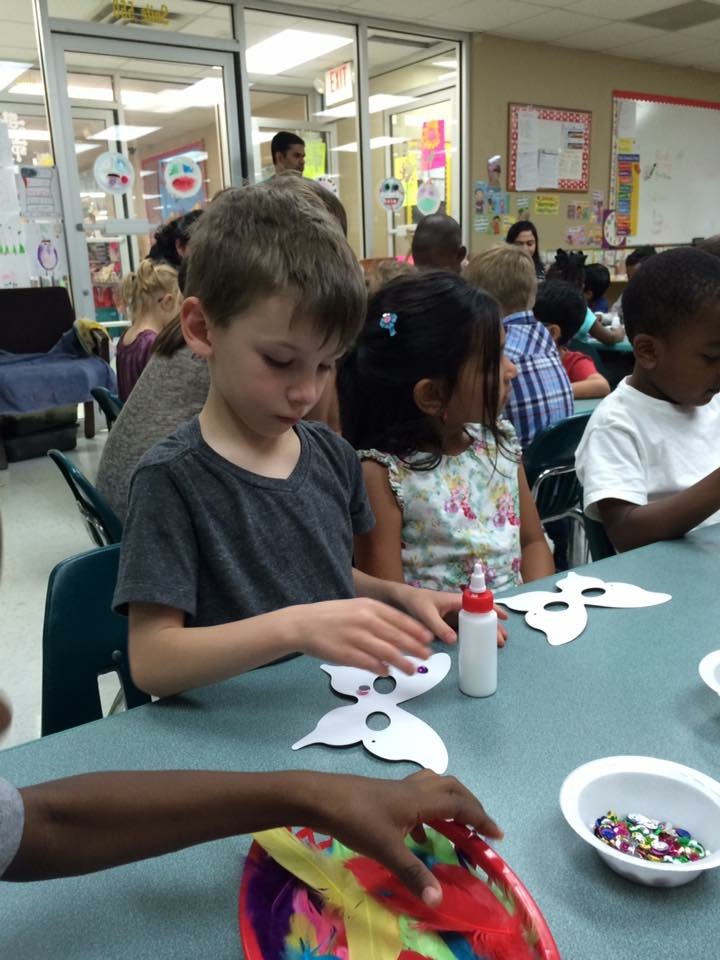This past week was designated as American Education Week. The NEA (National Education Association was one of the original sponsors along with the American Legion. The first observance of it occurred the first week in December of 1921. A year later the U.S. Office of Education joined the effort. Presently American Education Week is always celebrated the week prior to Thanksgiving week. The purpose of Education Week is to raise awareness of the educational programs and to honor education by participating in activities that promote the educational needs of our children. Many schools across the nation have held weeklong activities for students and educators that include at least one day for the involvement of parents.
This brings me to my question, “Are we failing our schools or are our schools failing us?” I have been reading many articles in newspapers, blogs, and listening to the conversations of parents, teachers, and politicians. Some believe that our schools are failing simply based on state test scores compared to other countries. Reports from the Education Department revealed that even with the top preforming states there were fewer students scoring at the highest levels than students in several East Asian countries according to an article in the New York Times titled Better News in New Study That Assesses U.S. Students. www.nytimes.com
Differences in scores may be attributed to demographics. There is a diverse population in American’s schools with a growing number of students of whom English is a second language. There is also a difference in curriculum and teaching quality, which may be a factor affecting student performance on state tests.
I recently read that American students aren’t keeping up with other countries because of a curriculum that is a one-size-fits-all. Even with the same curriculum being taught to all students, I must give credit where credit is deserved. Today’s teachers add to what is being taught according to questions devised by students and according to each learner’s ability. This results in a richer curriculum and a more rigorous learning environment. In other words, it is a one-size-fits-all curriculum with added spices and flavorings tailored to student needs.
Teachers keep up with the changing world as much as the school budget permits. In fact, they go beyond the budget and routinely spend part of their paychecks on school supplies for students who have none. Educators are keeping up with the real world. They find ways to receive grants so they can purchase the latest technology for students in the classroom. They understand that children need knowledge and skills to be competitive in a global economy.
Today, those concerned with school reform are concentrating on removing ineffective teachers but it isn’t as easy as it appears. What constitutes an ineffective teacher? Is it the teacher that is ineffective or the system of assessment and evaluation? If teacher evaluations are to be fair and impartial, does the label ‘ineffective’ become a judgment call on behalf of the person conducting the evaluation? In my book You’ve Got To Be Kidding Me! The Educators’ Secret Handbook, Chapter 4, references a teacher given the choice of resigning or being fired. The book also gives several scenarios of the so-called ineffective teacher that became very competent with administrative guidance.
Promoting better teaching requires stronger recruiting, training, evaluating, and compensation. Politicians and administrators need to recognize and reward excellent teachers. Research indicates that well prepared teachers produce higher student achievement. Some policymakers advocate that passing a test on a particular subject is all that is needed to become an effective teacher. I advocate that a teacher’s knowledge of subject matter and the pedagogical skills in how to teach are critical components. Is not this the job of our colleges?
Public resources are needed in instructional programs that benefit both parents and students. The parents and family involvement is vital within the school community. The quality of the school has an impact on the community as a whole. Family income continues to be the strongest predicators of academic performance. Gaps in academic performance are closely tied to early childhood education and school funding. Affluent families are able to provide a rich environment for their children while less affluent families are not. In addition, the children of wealthier, educated families know where they will sleep each night, are well fed, have a supply of books available for reading, and take vacations to enrich learning.
Non-affluent families are not as fortunate. I’ve visited homes and places where the children were sleeping on the floor in the living room, in bar booths, or in a closet due to the fact that dad was beating on mom and the child was hiding. For some children, attending school became a safe place, not an institution for learning. In many districts teachers are aware of the clothes a student wears to school so that the student is dressed properly for various weather conditions. Many schools have free breakfast and lunch programs to ensure students can concentrate on learning and not hunger. Schools have become a social caring place in addition to an educational academy.
The amount of educational spending has not kept up with the poverty levels. In 2001, the level of poor students has grown by 32 percent and the spending on education around 14 percent. With education growing toward privatization that includes vouchers and for-profit charter schools, public schools are losing money and resources that can be used to address low performance. Emphasizing more testing and focusing student scores on teacher evaluations will do nothing to close the gap caused by students with poverty level incomes.
In my involvement with teachers and educators across the U.S., I see highly qualified educators in wealthy areas as well as poverty areas striving to teach within the parameters provided by each local district and state. More and more demands are placed on education without consideration for length of school day, school year, or economic conditions. After celebrating American Education week, let’s continue the rest of the school year with giving credit where credit is due and support worthy programs that promote learning for both the students and the educators. Our schools are not failing.


